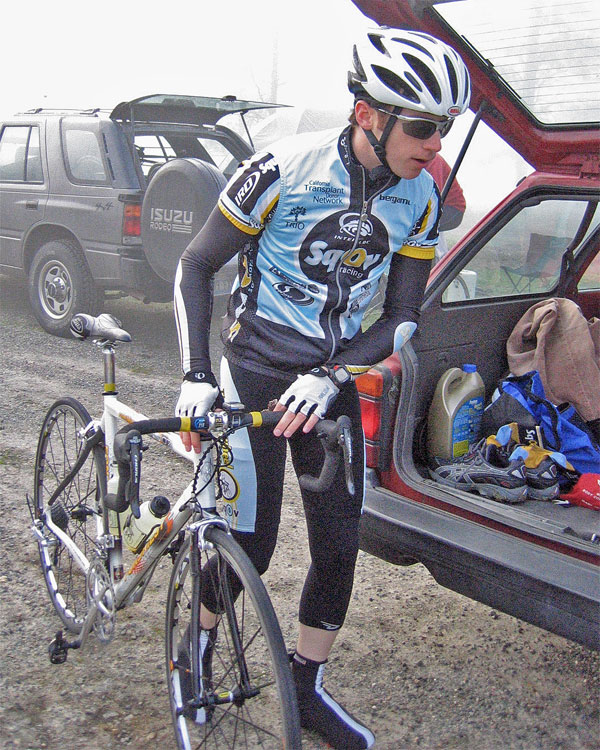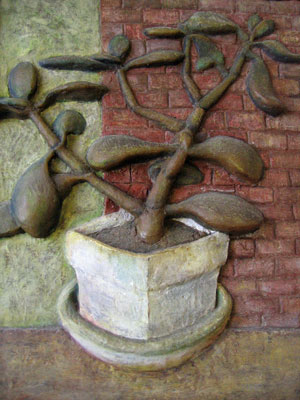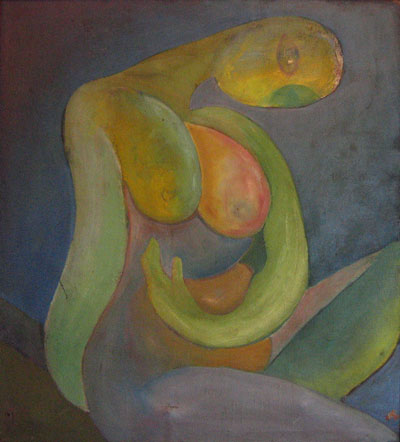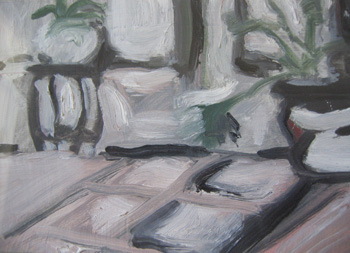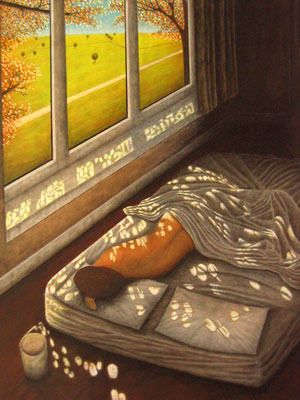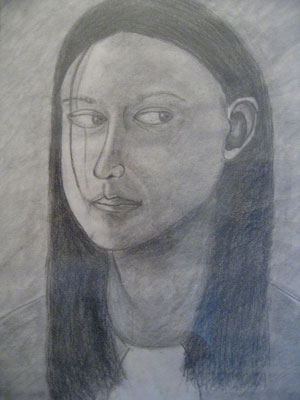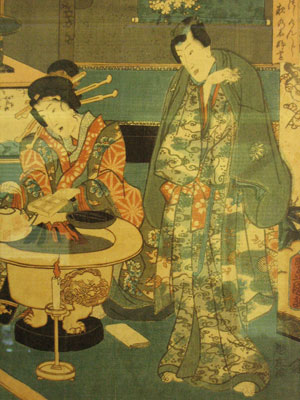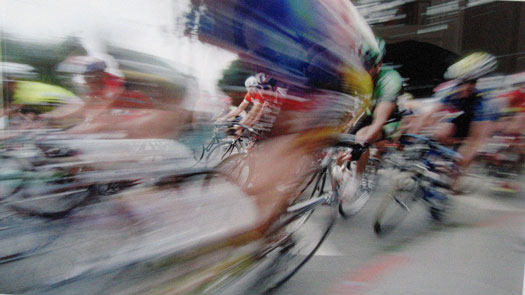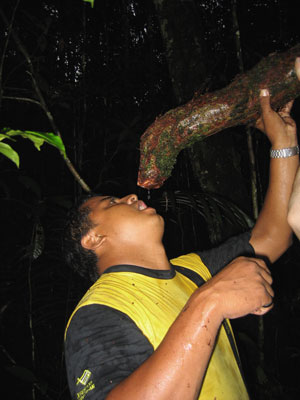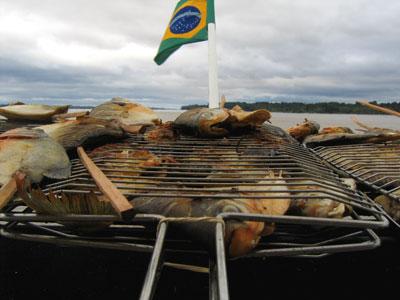Slow Speed Exit
I only looked down for a fraction of a second, but by the time I looked up I had no time to react. The pro woman rider from the Quark Team who had stopped in front of me never saw it coming. I ran right into her.
I was already nervous about this race, from when I woke up at 6:30 that morning all the way through the 3-hour drive to the town that was hosting it. The course was pancake flat, very narrow in a few sections, and presented at least a dozen technical corners on each lap, some reinforced with hay bales. I was almost sure it would end in a bunch sprint, just like the flat courses that make up the opening stages of any Tour de France. Thirty plus riders pumping their legs madly at 120 rpm, bikes swinging wildly back and forth, hips and elbows checking each other like hockey players as riders jockey to grab a wheel that would catapult them to the line; that's how this race would finish. It was far from the kind of race that suited my skills. I'm a climber, and this was a sprinter’s race.
As I rummaged through the gear in the trunk of my Subaru, unsuccessfully trying to relax before the start of the race, I kept imagining myself plowing right into a hay bale, or worse, into one of the temporary fences they had lining the last few hundred meters before the finishing stretch. I was tense and unfocused. I put my jersey on before my bibs, and then had to take it off again in order to slide the shoulder straps of my bibs on. I couldn’t decide how much food to stuff in my jersey pockets, and I was having trouble pinning my race number to my team jersey. By the time I mounted my bike to take a few warm-up laps I was already stressed and my heart rate was up as if I had been riding for an hour.
I was only going about 10 mph when I hit the rider from Quark, and I don’t remember falling. I do remember feeling the back of my head hitting the asphalt HARD and the sound of my helmet splitting open, although I didn’t know that that’s what it was. I thought it was the sound of my head splitting open. I momentarily panicked, thinking, “I hope I didn’t just kill myself…am I still alive?”
When I stood up dazed and confused and saw the Quark rider dusting herself off I felt more apologetic than sorry for myself. I kept asking if she was alright, and I’m pretty sure she was, as she answered in her thick European accent that she was going back to her team mechanic to get her bike checked out. Unfortunately, I didn’t have a team mechanic and the bent derailleur on my bike took me out of the race before it had even begun. But I wasn’t too disappointed, I was just happy to be in one piece. The crack that ran all the way through my helmet showed where my head had struck the ground and was proof that I was lucky to have walked away with only a bloody elbow, a rattled noggin and a slightly bruised ego. This brings me to the point of my story: ALWAYS WEAR YOUR HELMET! I was going so slow, but went down SO FAST. You don’t have to be at the races to suffer a fall, even a slow-speed one like mine.
The helmet worked and I just bought another one to replace it. And the pro woman I ran into? She won her race.

